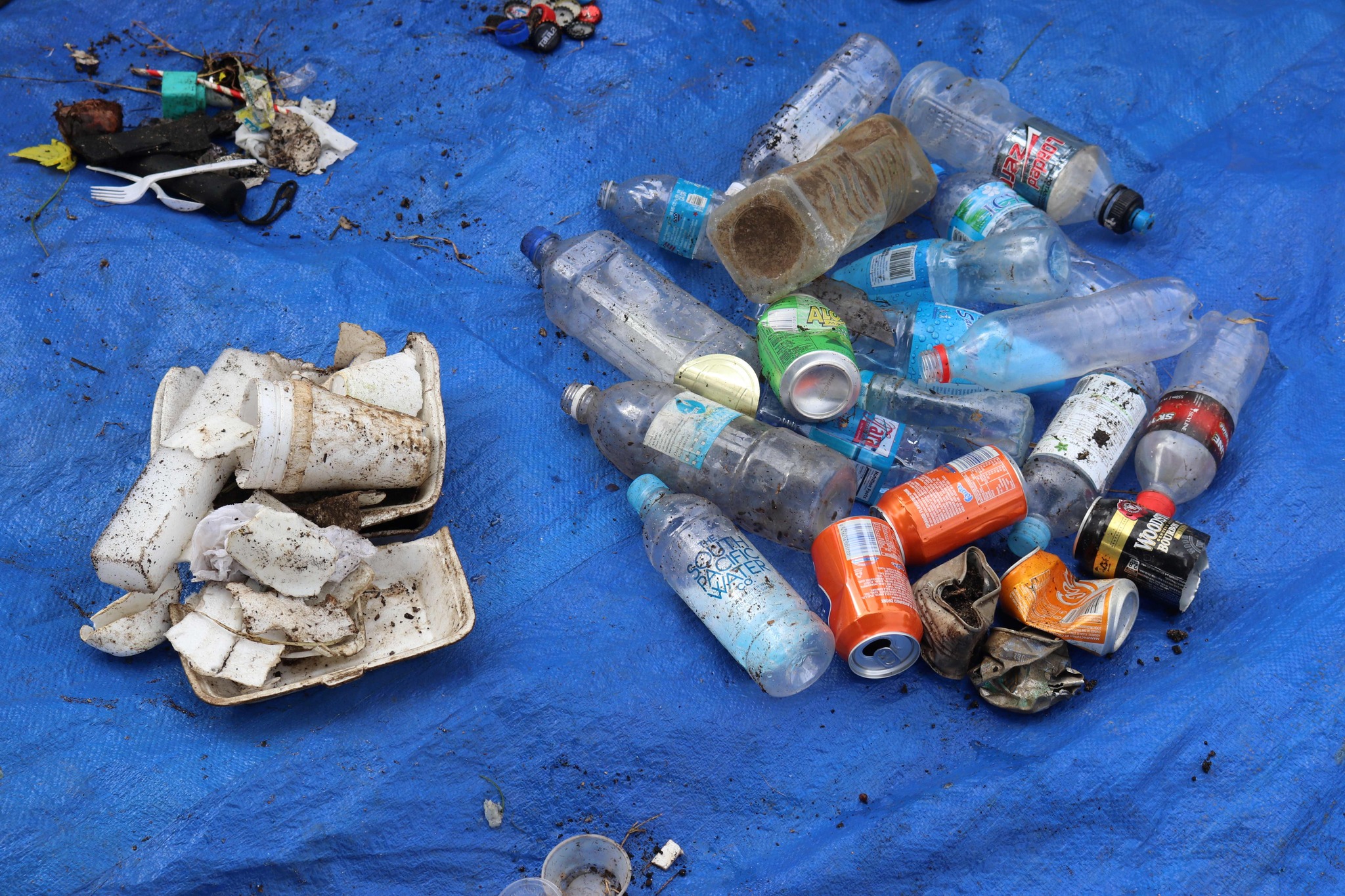Negotiating a plastics treaty is an immense task, even more so when you have a myriad of challenges to be addressed in a treaty developed by over 190 governments with varying perspectives.
Emissions and Releases is one topic on the table as text is being developed around this. Emissions refers to what is being released into the air when it comes to plastics, and Releases is what goes into everything else such as soil and water, when it comes to plastic.
Not all plastics are visible to the human eye, and as such micro and nano plastics are emitted in the air. They can cover thousands of kilometres from days to weeks. Scientists have also discovered that inhalation is one keyway that humans intake micro- and nano plastics.
For the Pacific Small Islands Developing States, the only way to fully address the Emissions and Releases of plastics is to ensure the reduction of plastic at the source, also known as “upstream” in the Plastics Treaty talks.

“We’re not trying to stop plastic production altogether however we’re trying to ensure that we put strong measures and proper controls of the chemicals used in plastics to stop leakage. Addressing the full life cycle of plastic is something that we the Pacific are trying to push through in this INC5,” said Moe Saitala Paulo of Tuvalu negotiating at the Fifth Session of the Intergovernmental Negotiating Committee on Plastic Pollution including in the marine environment now underway in Busan, Korea.
“This is from extraction, production, transportation, handling and storage of plastics, keeping in mind the micro and nano plastics. If we lack the facilities to deal with macro-Plastics back home, imagine having to deal with the micro and nano sizes of plastic products.”
Where microplastics end up inside the human body after being inhaled depends upon various factors such as size and shape. It also depends upon each person’s metabolism and lungs. They can enter the respiratory system through nose or mouth before being moved to the upper airways or the lungs.
The release of nano plastic also sees them everywhere possible such as the ocean, soils and plants and animals.
Approximately 16,000 chemicals are used to produce plastic for which only six per cent of these are subject to global regulation and at least 4,200 of these are “highly hazardous” to our human health and the environment.
Chemicals being released into the air from plastic products become a problem when micro-plastics break off as that chemical becomes exposed on the surface area which is how we are exposed the chemicals in plastics. Microplastics are consistently broken off plastic particles from the day it is made.
When microplastics break off, the newly exposed surface area makes the chemicals in plastics available. This exposure continues to happen through microplastics in the air.
“We need to be safe when it comes to plastics,” said Saitala Paulo.
“Because we import a lot of plastic products, we want to make sure that what we are receiving has minimum to no human implications and likewise no environment implications. We must have a new ambitious legally binding agreement on plastic pollution for everyone.”
The fifth Intergovernmental Negotiating Committee to develop an international legally binding instrument on plastic pollution, including in the marine environment is taking place in Busan, Republic of Korea, from 25 November to 01 December 2024.
The Pacific Islands are represented by the Cook Islands, Federated States of Micronesia, Fiji, Kiribati, Marshall Islands, Nauru, Niue, Palau, Papua New Guinea, Samoa, Solomon Islands, Tonga, Tuvalu and Vanuatu through the support of the Government of Australia and the United Nations.














